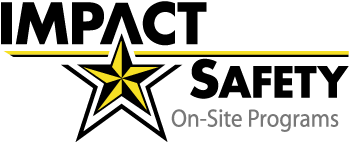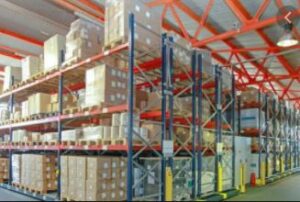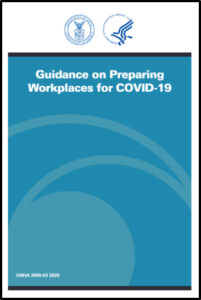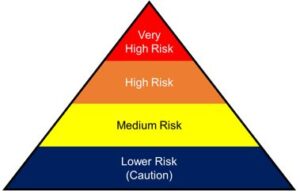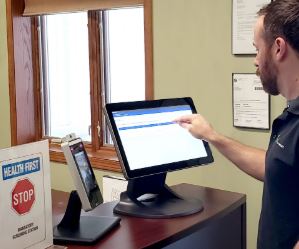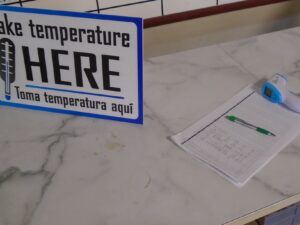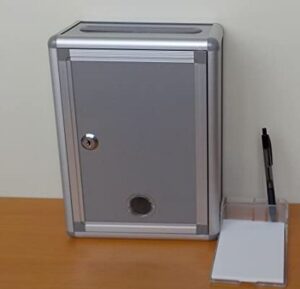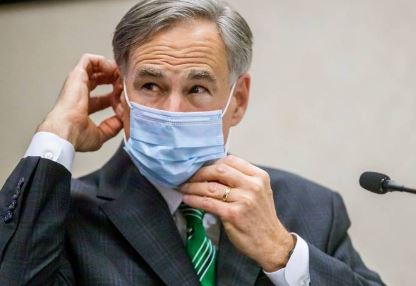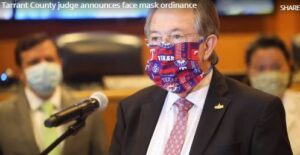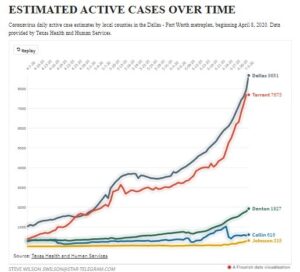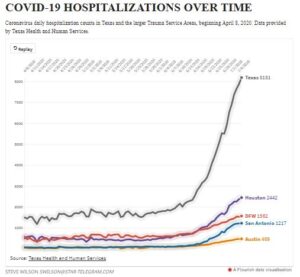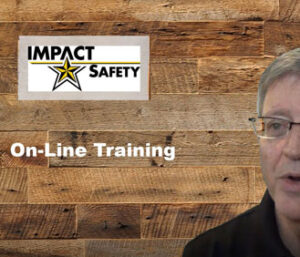OSHA has not made any official changes to exclude any work-related COVID-19 cases from OSHA logs. This link has some information on the topic: https://www.osha.gov/coronavirus/standards .
I was in a zoom meeting with JP Walsh, of OSHA this morning –and I asked about how we should make the call on which COVID cases would be considered “work-related”… This post reviews my understanding on this topic:
Examples on making calls on COVID cases Work-Related. These call can sometimes be pretty subjective and difficult. Thereforeit’s important to conduct a basic investigation as soon the company is aware of the COVID case. These are some examples of situations and what would be considered a reasonable call on work-relatedness:
* If a worker tells the company they recently tested positive for COVID and the company asks or allows them work with others (Is Work-Related).
* If two employees that do not work near each other, but went to lunch together a couple of times the week they both came down with COVID (Not Work-Related).
* The company follows local guidelines (masks, distancing, barriers, etc). If it seems possible that a 21 year old that never had symptoms (but was randomly tested and it came back positive) may have spread COVID to a couple of close co-workers…( A company could consider this Not Work-Related) because there is no screening that would have detected this case and prevented the spread.
* If three employees work closely together all get COVID in within a week … (For the two that have typical exposures at grocery stores, have friends over, etc –Not Work-Related. For the one that lives in total isolation from others (other than work) – Consider this one Work-Related, especially if contagion in the area was low). On the other hand, if the city required masks in the plant and the company allowed these three to not wear masks at work for multiple close conversations per day without splash barriers between… Could consider all three cases as work-related).
The company should investigate (and document) whether a COVID case of an employee is work-related or not (to determine whether the case goes on the OSHA log). Some things you might want to determine: (more…)
